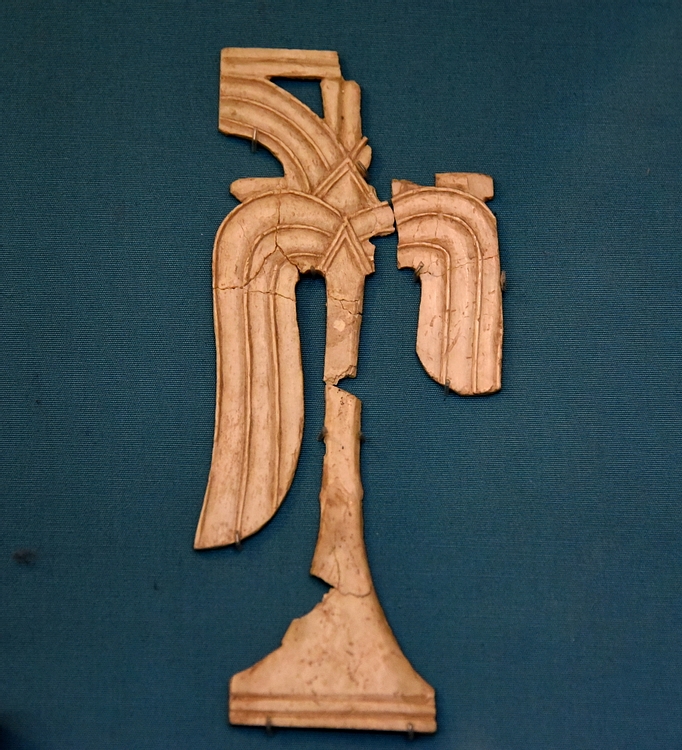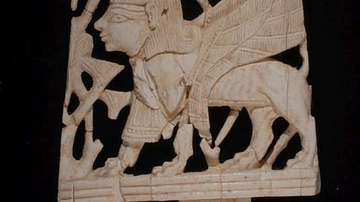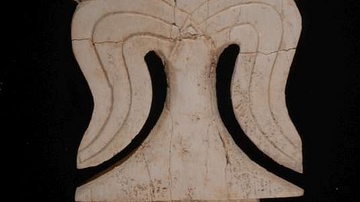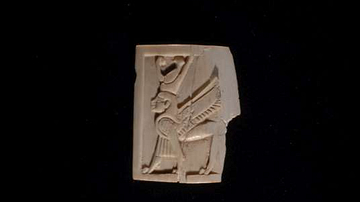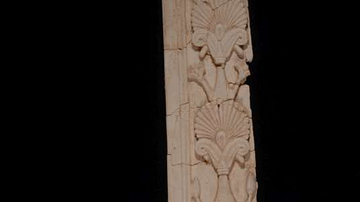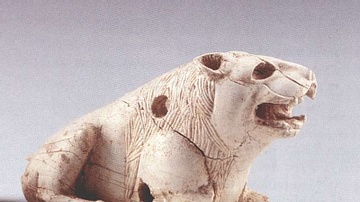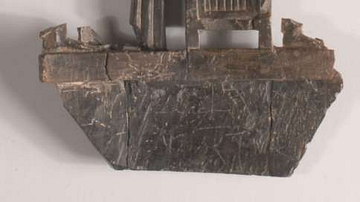Illustration
This carved piece of ivory, in a Phoenician style, is part of large number of ivories which were found in the city of Samaria during the excavations of J. W. Crowfoot in 1931-1935 CE. They consist, for the most part, of furniture inlays, and although they were not recovered from rooms of the palace, but from rubbish pits near its enclosing wall, it would be reasonable to associate them with the Biblical traditions of Ahab's "Ivory House" (I King, xxii, 39). From Samaria, modern-day Israel. Lent by the Palestine Exploration Fund. (British Museum in London)
Cite This Work
APA Style
Amin, O. S. M. (2017, September 08). Carved Ivory from Samaria. World History Encyclopedia. Retrieved from https://www.worldhistory.org/image/7210/carved-ivory-from-samaria/
Chicago Style
Amin, Osama Shukir Muhammed. "Carved Ivory from Samaria." World History Encyclopedia. Last modified September 08, 2017. https://www.worldhistory.org/image/7210/carved-ivory-from-samaria/.
MLA Style
Amin, Osama Shukir Muhammed. "Carved Ivory from Samaria." World History Encyclopedia. World History Encyclopedia, 08 Sep 2017. Web. 19 Apr 2024.
